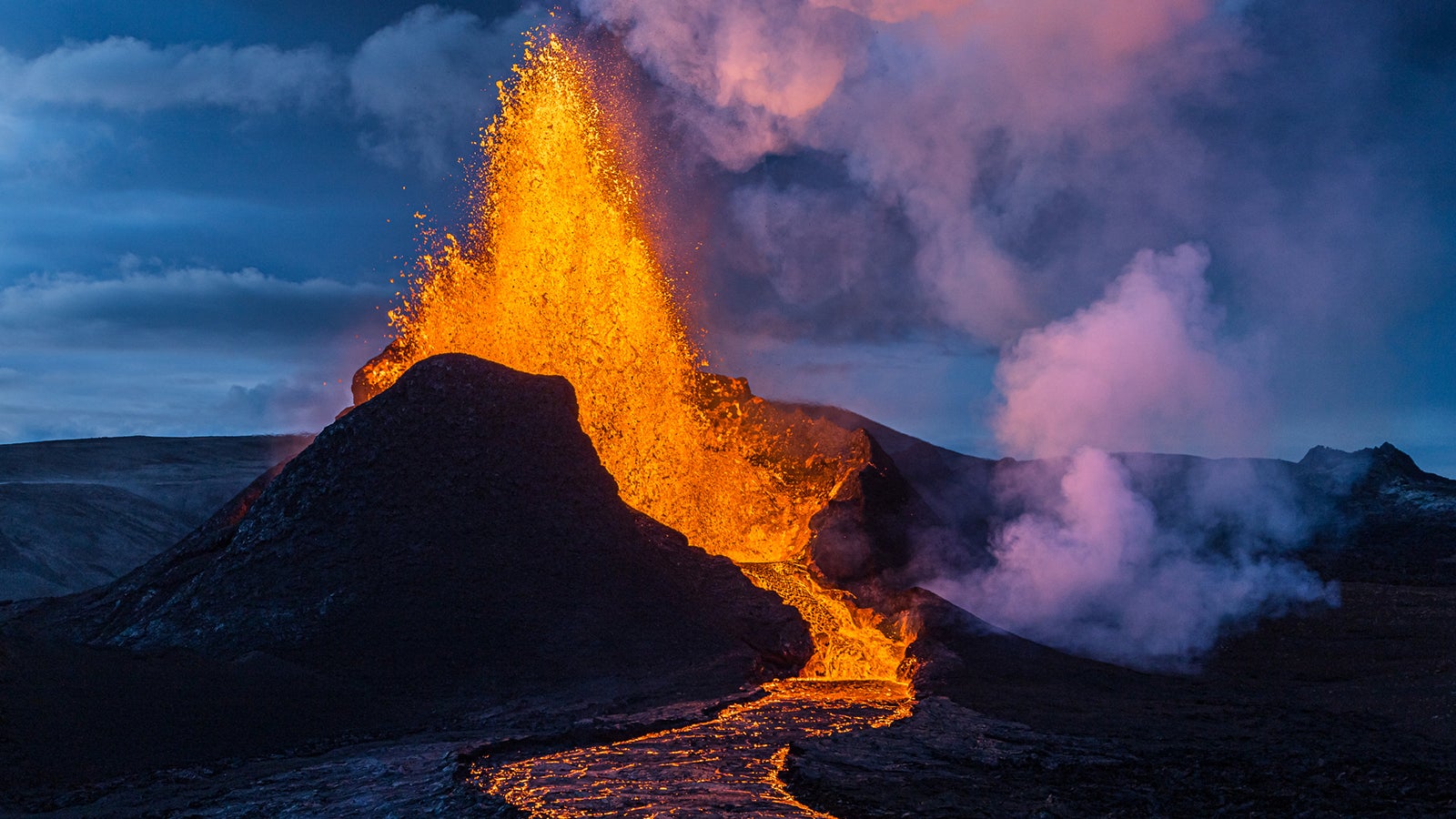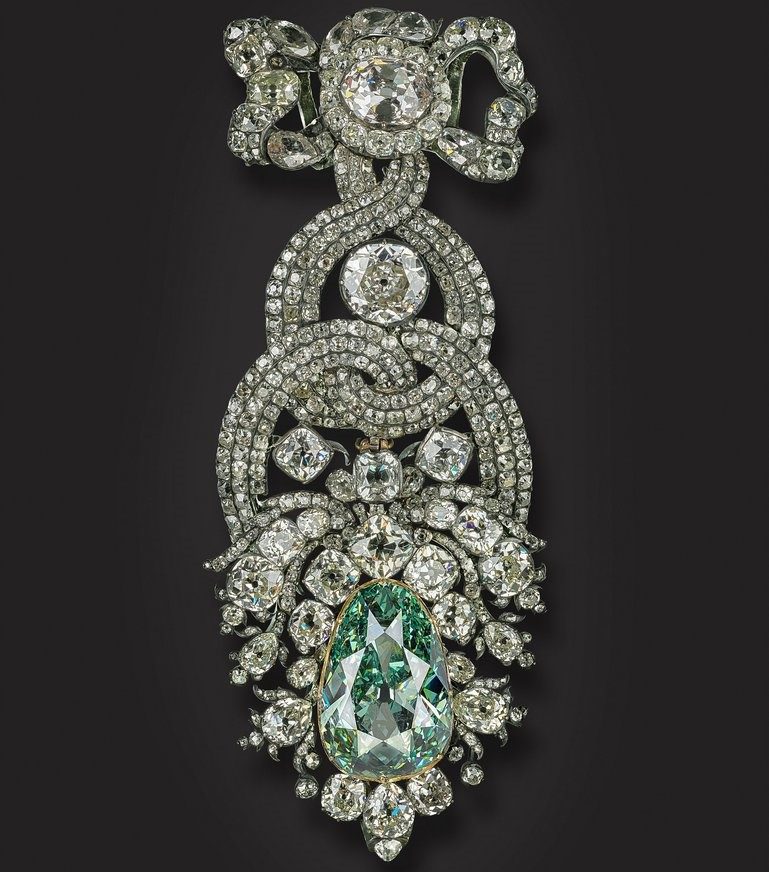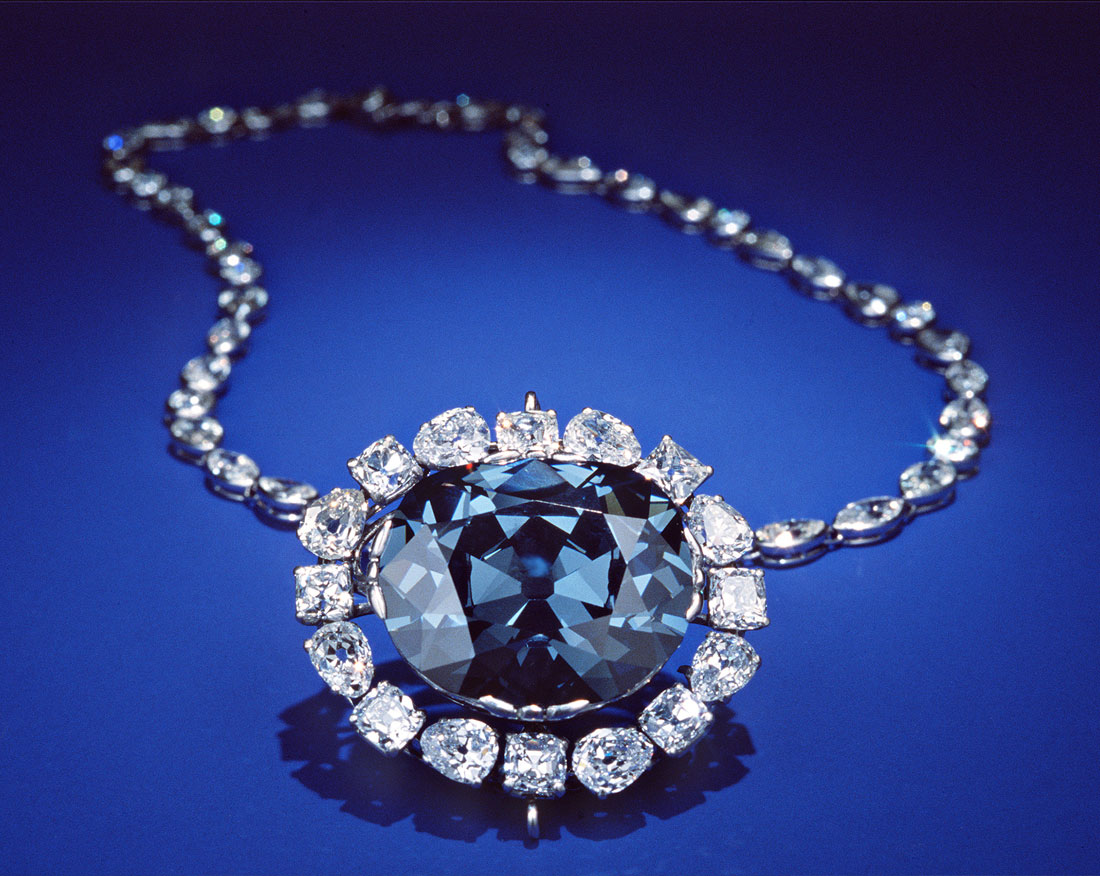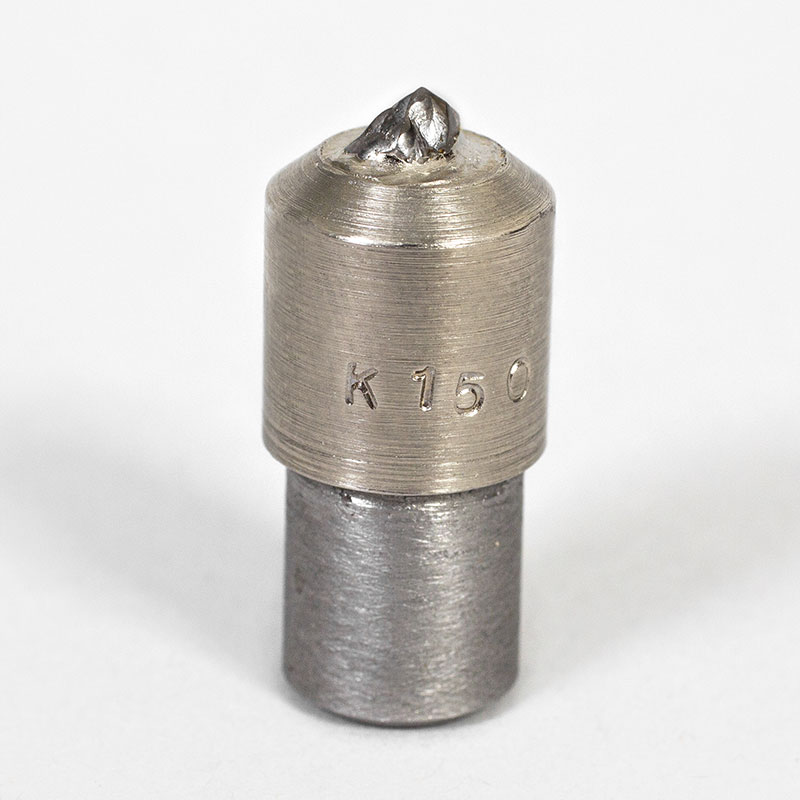Galli Uhren Bijouterie AG
Theaterstrasse 16, on Bellevue
CH-8001 Zurich
Tel: +41 44 262 04 10
Fax: +41 44 252 49 96


In the fascinating world of gemstones, one rises above all others: the diamond.
With its timeless beauty and incomparable brilliance, it has captivated mankind for centuries and symbolises wealth, power and everlasting love. The history of diamonds stretches deep into the past, from the glittering treasures of ancient kingdoms to modern-day engagements, where they shine as a symbol of eternal love and commitment.
The formation of a diamond takes place deep underground. More precisely, at a depth of around 150-250 kilometres. It took billions of years for them to reach a certain size and find their way to the surface.
In order for a diamond to be formed, high temperatures, extreme pressure, a lot of time and of course the chemical composition are required. In the case of diamonds, this is pure carbon, which crystallises cubically.


The Cullinan is the largest and one of the most famous diamonds in the world. It was discovered in 1905 in the Premier Mine in South Africa and is named after the owner of the mine, Sir Thomas Cullinan. The rough diamond weighed an incredible 3106 carats, making it the largest diamond ever found. The Cullinan was split into nine main stones and a variety of smaller diamonds that were used in royal jewellery, including the Crown Jewels of the United Kingdom. The most famous of these is the 530.2 carat ‘Cullinan I’, also known as the Great Star of Africa.
At 41 carats, the Green Dresden is the largest naturally occurring green diamond. Its bright apple-green colour is due to the fact that the diamond was exposed to natural radioactivity in its deposit. It is thought to have originated in India, and according to other sources also in Brazil. Historically, it can be traced back to London in 1722, where it was cut from a rough diamond weighing 119.5 carats.
Its name comes from the Saxon Elector and Polish King August III, who kept the stone in the treasury in Dresden near the Free State of Saxony.


The Blue Hope originated in the Golconda mine in India and is famous for its naturally deep blue colour.
The diamond has changed hands several times throughout its history and has often been associated with misfortune and tragedy. Legend has it that the diamond was part of a larger jewel that was stolen from a Hindu statue and subsequently carried a curse with it.
Despite its legends and tragedies, this diamond fascinates with its 45.5 carats and the mystical aura that surrounds it.
The 4 C’s of the diamond are an important assessment standard for the quality of diamonds. They are derived from the English and stand for Carat, Cut, Colour and Clarity.
The carat refers to the weight of the diamond, the cut to the proportions and brilliance, the colour to the colour nuance of the diamond and the clarity to possible inclusions and impurities that may occur.
Together, the following criteria determine the value of a diamond:


The hardest material on earth is the diamond. Therefore, there is only one way to work a diamond with a diamond. The exciting thing here is that the majority of the stones found are used in the factory industry (e.g. for diamond drills or grinding machines) and only a small proportion end up in the luxury industry.
The diamond is made of such hard material that it is almost indestructible, but it has total fissility, which are points at which it can shatter.
Only diamonds from the far north of Canada bear the protected CanadaMark label. The certificate of origin, which accompanies every CanadaMark diamond together with the international GIA certificate, contains the registered number and the name of the mine from which the diamond originates.
You can trace the path of your diamond via a database. You get to know your stone in its rough state, i.e. before it is cut. You will find out which mine it comes from and in which fascinating environment it has lain dormant in the earth for thousands of years: In the north-west of Canada, close to the Arctic Circle, in a natural environment barely touched by civilisation.
